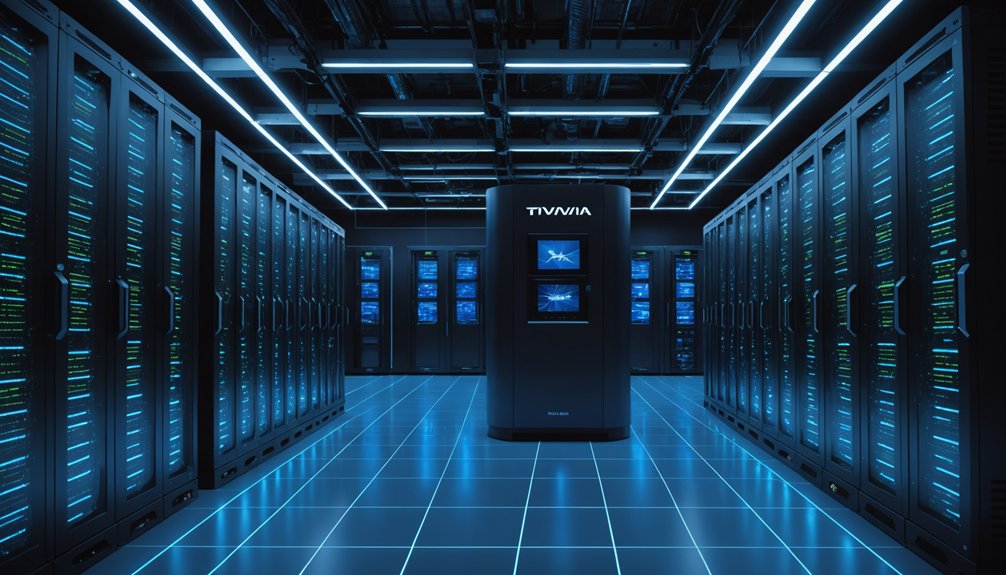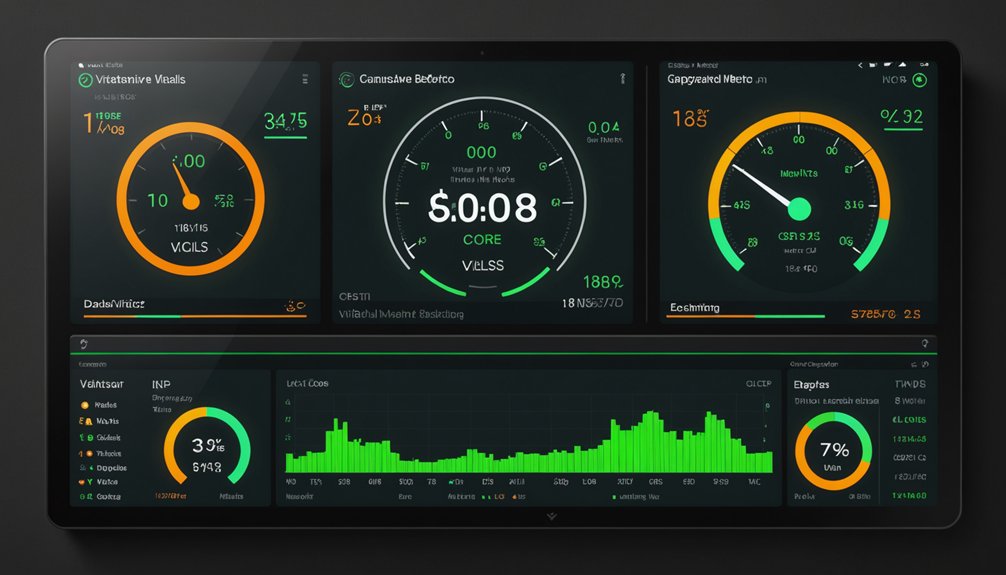Grok 3 is xAI’s 2025 conversational AI launched by Elon Musk’s company. It’s the third iteration—bigger, faster, and apparently smarter than previous versions. Running on the massive Colossus supercomputer with 100,000+ Nvidia GPUs, it targets scientific discovery and complex topic clarification. Not open-source, it follows a subscription model. Popular with 25-34 year olds, especially X users. Musk’s $6 billion baby promises to revolutionize how we comprehend, well, everything.

Revolution doesn’t always announce itself. Sometimes it just shows up wearing a weird name like “Grok.” In 2025, Grok 3 stands as the third iteration of xAI‘s conversational AI, launched by none other than Elon Musk. It’s kind of a big deal. The system was designed with a singular focus: assisting in scientific discovery while bringing clarity to complex topics. No small task.
Behind the scenes, Grok 3 packs some serious tech muscle. It was trained on xAI’s Colossus supercomputer cluster, which boasts over 100,000 Nvidia Hopper GPUs. That’s not overkill at all. The supercluster uses Nvidia Spectrum-X Ethernet for connectivity, because apparently regular internet just wouldn’t cut it. Its critical thinking capabilities make it exceptional at tackling complex scientific problems.
Written in Rust and Python, Grok 3 comes in two flavors: the base model and a mini version. Unlike its predecessors, it’s not open-source. Sorry, code peepers. The platform operates on an AIaaS model, allowing businesses to access its capabilities through subscription-based services.
Traffic to grok.com tells its own story. Most visitors hail from the United States, with the 25-34 age bracket dominating the user base. Social media drives significant traffic, particularly from “X.” Wonder who owns that platform? What a coincidence.
Grok AI isn’t just for show. It helps with content creation, improves sentence structure, and personalizes content for specific audiences. Like advanced email marketing systems, it leverages predictive analytics to optimize user interactions. Its main purpose? Making humans more productive. Revolutionary.
In the competitive landscape of 2025, Grok 3 stands toe-to-toe with OpenAI’s o3 and DeepSeek-R1. Its unique selling point? Truthfulness and clarity. Yeah, that’ll set it apart. Having Elon Musk as its backer certainly doesn’t hurt either.
Founded in March 2023, xAI set out with the lofty goal of enhancing human understanding of the universe. Two years later, Grok 3 represents their most ambitious step toward that goal. The company secured an impressive $6 billion funding in its Series C round to support advanced infrastructure development.
Will it change the world? Maybe. Will people talk about it? Absolutely. Is it worth the hype? You decide. That’s Grok in 2025. Take it or leave it.
Frequently Asked Questions
How Does Grok’s Training Data Differ From Other AI Models?
Grok’s training differs in three key ways.
First, it’s powered by 200 million GPU hours—ten times more than competitors.
Second, it uses real-time data updated to February 2025, including X platform content.
Third, it incorporates synthetic datasets for better diversity without privacy concerns.
Unlike text-only predecessors, Grok handles multiple formats like images and videos.
Massive computational power means faster, more accurate results.
Pretty impressive, honestly.
Will Grok Have Specialized Versions for Different Industries?
While not officially confirmed, industry-specific versions of Grok seem likely by 2025.
The AI’s architecture allows for specialized adaptations. Healthcare, finance, and education sectors are prime candidates.
These versions would need custom datasets and regulatory compliance features. xAI’s approach suggests they’re headed this direction.
After all, vertical-specific applications are where the real money is. Competitors are already doing it—Grok won’t be left behind.
What Privacy Protections Exist for Grok Users?
Grok users get standard AI safeguards—encryption, access controls, and anonymization techniques.
Problem is, the default setting automatically collects data without explicit consent, raising major GDPR concerns. Users technically have rights to access and delete personal data, but many don’t know their public posts train the AI.
Regular security audits happen, but unauthorized data leaks remain a risk. Regulatory pressure‘s mounting from UK and European watchdogs.
Can Grok Operate Offline or With Limited Connectivity?
Grok can’t operate offline. Period. It’s completely dependent on an internet connection to function properly.
With limited connectivity, Grok struggles – expect degraded performance or complete failure. The system needs constant access to real-time data, especially from X (formerly Twitter).
No internet means no Grok. Its architecture prioritizes up-to-date information processing, not offline capability.
Even premium subscribers face this limitation. That’s just how it works.
How Is Grok Addressing Potential Biases in Its Responses?
Grok tackles bias through diverse datasets—simple as that.
Training data comes from all over, not just the usual echo chambers. The team employs specialized tutors who flag potential biases, particularly in hot-button areas like social justice and climate stuff.
Real-time monitoring helps catch problems, though it’s an uphill battle. Critics say it still struggles with certain topics.
Perfect? Nah. Better than most? Probably.




